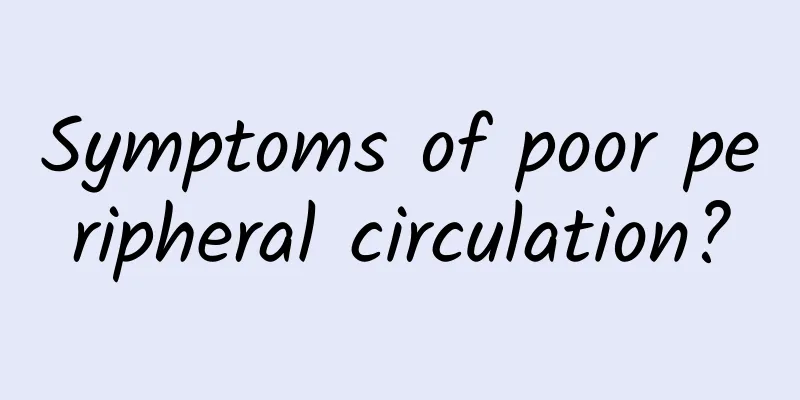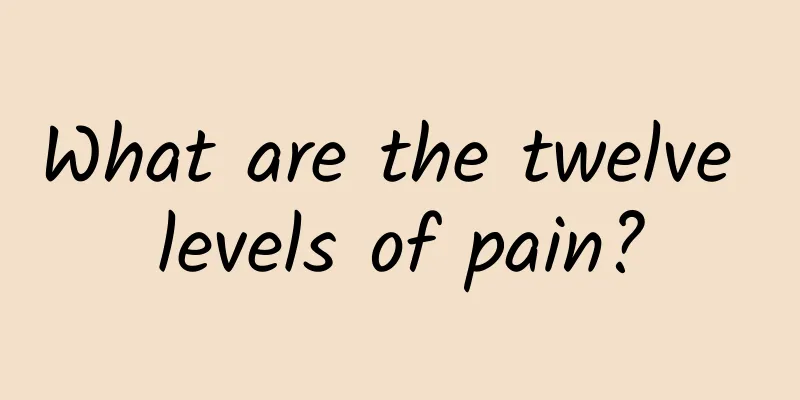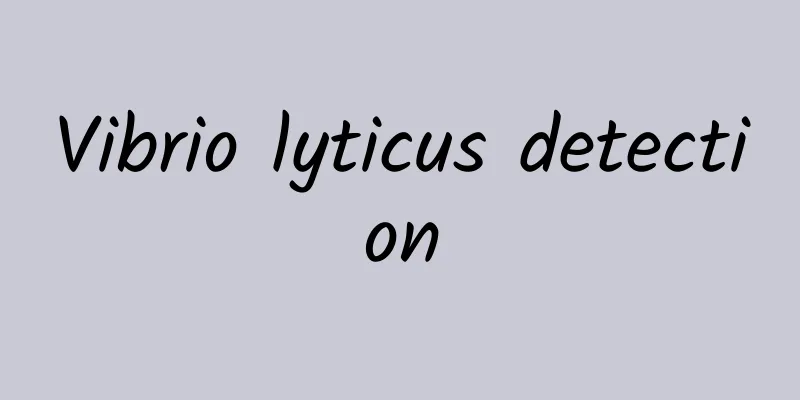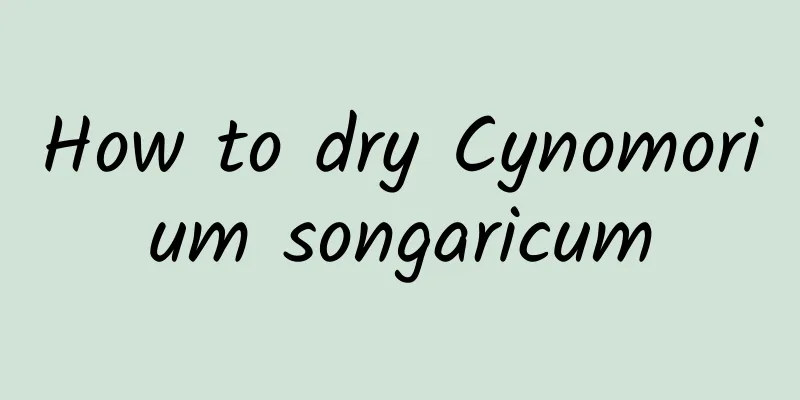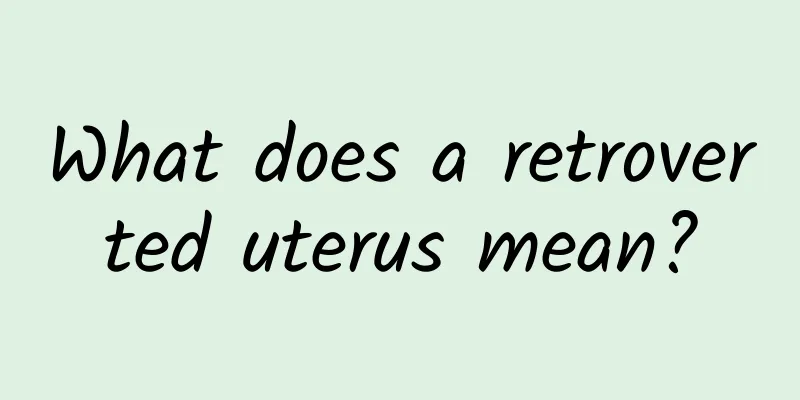Obsessive compulsive disorder

|
When it comes to neurological diseases such as obsessive-compulsive disorder, everyone must be confused. Obsessive-compulsive neurosis is a type of compulsive thoughts and intentions that patients develop, which are generally not controllable by themselves. In addition, such patients always show various distress and uneasy emotions. The disease is most common in the 16-30 age group, and the disease affects both sexes. So what is the treatment for obsessive compulsive disorder? In fact, there are a lot of patients with obsessive-compulsive neurosis in our country, and many patients cannot get rid of the symptoms of compulsion, so they need certain treatments in time. So what is the treatment for obsessive-compulsive disorder? What methods should be used to treat it? Obsessive compulsive disorder Obsessive-compulsive disorder is a disease characterized by obsessions and compulsions. Its common characteristics are: (1) The patient is aware that the obsessions, intentions and actions are unnecessary, but cannot be controlled; (2) The patient is distressed and disturbed by these obsessive symptoms; (3) The patient may have only obsessions and compulsions, or both obsessions and compulsions. The compulsions can be considered as ritual activities performed to relieve anxiety; (4) The patient's self-awareness remains intact and he is eager to seek treatment. The disease usually occurs between the ages of 16 and 30, with no difference between the sexes, and is more common among those who do mental work. Psychosocial factors are often precipitating factors. The disease is protracted and difficult to treat, and often requires behavioral therapy combined with medication such as clomipramine. Clinical manifestations 1. Obsessive suspicion. 2. Compulsive memories. 3. Compulsive rumination. 4. Compulsive oppositional thinking. 5. Forced intention. 6. Compulsive washing. 7. Compulsive counting. 8. Compulsive rituals. 9. Accompanied by anxiety. Differential diagnosis Diagnosis 1. Have typical obsessive-compulsive symptoms. 2. The patient has self-awareness, but cannot get rid of the obsessive-compulsive symptoms and urgently seeks treatment. 3. Obsessive-compulsive symptoms are not caused by other mental disorders. Disease treatment Treatment principles 1. Psychological therapy based on behavioral therapy. 2. Drug treatment. Medication principles 1. It is generally believed that clomipramine has a better effect on obsessive-compulsive disorder than other drugs, so it is often the first choice. 2. Psychological treatment is required at the same time as medication, with behavioral therapy being more commonly used. Exposure therapy, systematic desensitization therapy, and thought interruption therapy can be used, and can be supplemented by cognitive therapy and hypnosis therapy. After reading the above introduction to obsessive-compulsive disorder, you already know how to treat this type of disease. Generally speaking, obsessive-compulsive neurosis is treated with a combination of psychotherapy and drug therapy. At the same time as the medication, some psychological intervention will be carried out appropriately to completely get rid of compulsive behaviors, actions and consciousness. Hope everyone can recover soon! |
>>: Superficial atrophic gastritis
Recommend
Can I eat crabs when my aunt comes?
Crab is a must-eat seafood in autumn. Various kin...
Can pregnant women eat mung bean and kelp syrup?
It is also beneficial for pregnant women to eat s...
Pain in blood vessels in hands and feet
The hand and foot blood vessels are the blood ves...
What are the benefits of eating loquat leaves?
The loquat fruit is a treasure from head to toe, ...
How much do you know about Chinese medicine?
Many people know that if you are sick and need to...
Will abortion affect future pregnancy?
Improper abortion can cause many hazards, mainly ...
What are the symptoms of aplastic anemia?
Aplastic anemia is a common clinical disease. It ...
Effective treatment for rubella
Rubella is mainly an acute infectious disease cau...
Contraindications of Huangqi Guizhi Wuwu Decoction
There are some common problems that we need to pa...
Why do you keep feeling thirsty?
The disease of being thirsty all the time may be ...
Foods for cleansing the intestines and detoxifying, choose these four most reliable
Generally speaking, people will accumulate certai...
What should I do if the wound is scarred and there is pus inside?
Sometimes, even if the wound has scarred, if you ...
Traditional Chinese medicine diet therapy can help you avoid presbyopia
According to traditional Chinese medicine, presby...
Why are my calves and feet cold?
Cold calves and feet are also common in daily lif...
Is it true that Chinese herbal medicine can remove moles?
Now is an era that pays great attention to appear...
